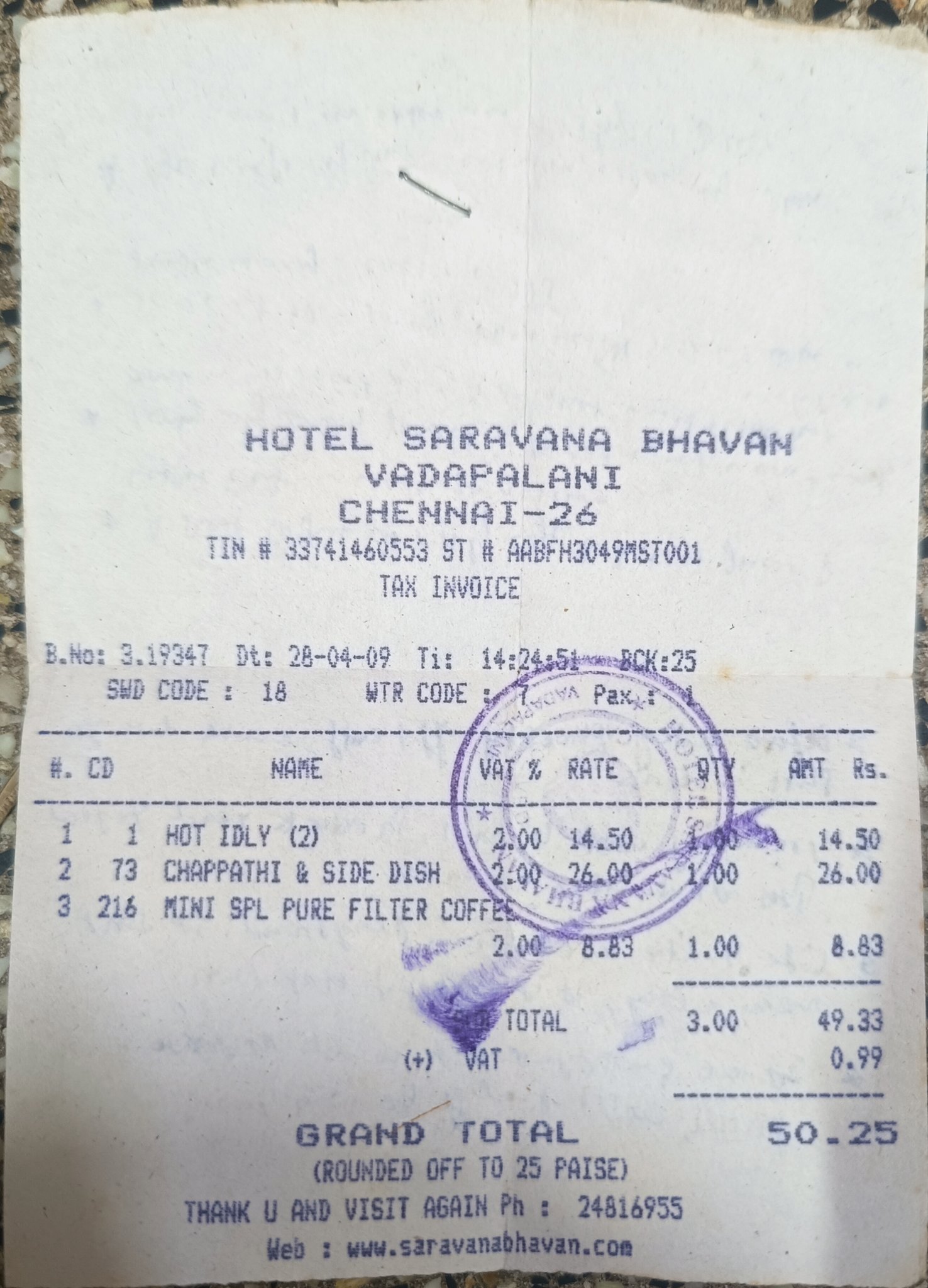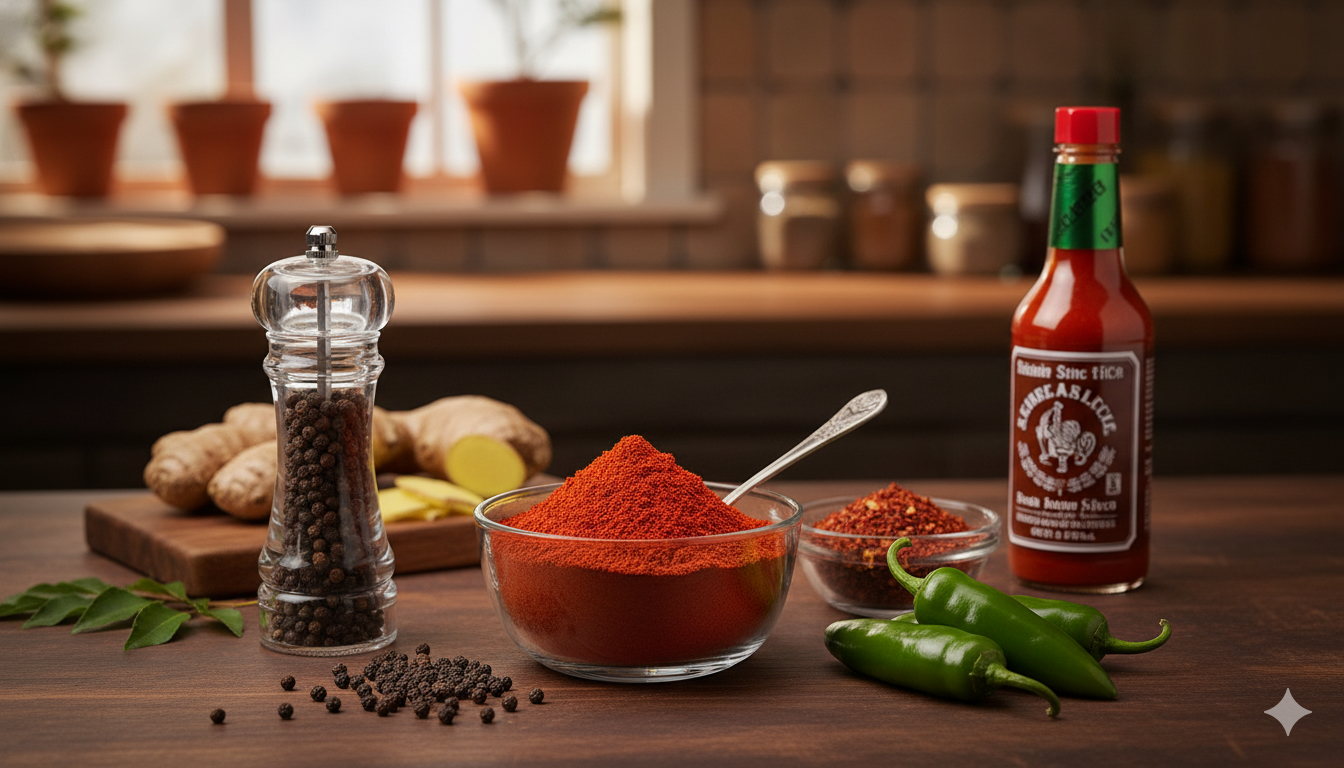"Timeless, sophisticated craftsmanship, elegance, beauty, discovery and great taste." At first glance, it sounds like someone is describing an architectural masterpiece, a rare art piece, or even a literary classic. But no, this is how John Knierim, vice president and secretary of Calvisius Caviar USA, describes the humble fish egg. And quite frankly, there is nothing humble about the "fish eggs" in his words. He is talking about roe from sturgeon, better known as "Caviar."
Caviar is one of the world's oldest and most luxurious delicacies, once reserved for the wealthy or royalty due to the sturgeon being found exclusively in the Caspian and Black Seas. However, it is now more widely available, remains expensive, and has become an easy way to turn an ordinary Wednesday night into an extravagant experience.
For those new to the world of roe, the terminology can feel daunting. Whether you are aiming to impress at a dinner party or simply wish to sound knowledgeable when ordering, understanding the main types of caviar is an excellent starting point.
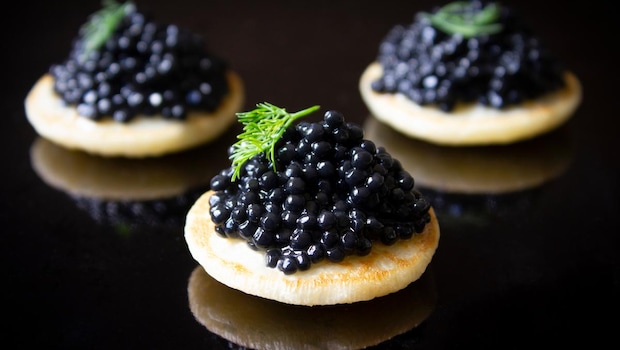
A Curious History of Caviar
Caviar, or "khavyar" as the Persians called it, has been savoured since the 1200s-and yes, you could say its reputation has always been a bit "khâvy-ary," ruling the tables of the Caspian and Black Seas. It reached European courts in the 1500s, where sturgeon earned the title "Royal Fish."
In America, sturgeon was plentiful, and bars even gave away caviar for free to encourage drinking. European immigrants helped turn it into a commercial delicacy, exporting it to Europe for decades. Ironically, much American caviar was sold as "Russian caviar," while unbranded varieties filled local bars. Overfishing eventually depleted East Coast stocks, moving production to the Great Lakes and Pacific Northwest, though sturgeon remain under threat globally.
Understanding the Different Types of Caviar
With the history covered, it is time to explore the various types of caviar, from the most famous to the lesser-known but equally exceptional:
| Caviar Type | Egg Size | Colour | Taste | Fun Fact |
| Beluga | Largest | Silver to Dark | Buttery and delicate | Sturgeon can live 100+ years |
| Ossetra | Medium | Golden to brown | Nutty and briny | Golden eggs are especially rare and prized |
| Sevruga | Small | Dark Grey/Black | Salty and bold | One of the smallest and fastest-maturing sturgeon species |
| Siberian | Medium | Dark | Mild and clean | Popular for sustainability |
| White | Small | Jet Black | Earthy and nutty | North American sturgeon caviar |

Photo Credit: Unsplash
How to Serve Caviar and Make the Most of Its Flavours
Serving and savouring caviar provides a unique culinary experience rooted in tradition. While there is no absolute method for enjoying this delicacy, certain practices enhance its flavour. Caviar should be served directly from the refrigerator in a bowl of crushed ice to maintain freshness. Freezing it is inadvisable as it compromises texture. Use glass, porcelain, mother-of-pearl, or plastic bowls to avoid a metallic taste. Similarly, choose mother-of-pearl, wood, gold, or plastic spoons for serving.
When hosting, serve between half an ounce and one ounce per guest. Encourage them to appreciate the rich, explosive flavours in each bite, highlighting the caviar's unique character.
Best Foods And Drinks To Pair With Caviar
Caviar excels when allowed to take centre stage, so choose classic accompaniments. Its buttery taste with a hint of fishiness resembles raw oysters but carries a richer essence. As you savour it, you may notice nutty, bright, or smooth flavour nuances. Serve caviar with blinis or thin buttered toast points for a traditional touch. For casual elegance, pair it with kettle chips or brioche slices. Alternatively, enjoy it directly from a spoon or with a "caviar bump" from the hand, letting the caviar roll across your tongue to reveal its subtle brine, creaminess, and clean finish.
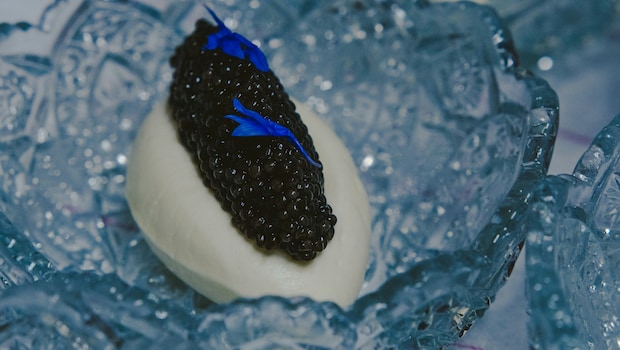
Photo Credit: Unsplash
Caviar also enhances a range of dishes, and its distinct flavours complement:
- Pasta
- Potatoes
- Smoked salmon
- Cheese
- Vegetables
- Fruits
- Chocolate
Drink pairings elevate the experience further. Vodka and Champagne remain classic choices, though dry white wine, porter, or amber ale work well. A dirty martini with a caviar bump on the side is another refined option.
How to Choose the Best Quality Caviar
Pearl size is a key indicator of quality, with larger pearls from mature sturgeon being rare and highly valued. These eggs have a firmer shell, richer flavour, glossy appearance, and uniformity. Caviar is classified into two grades:
Grade 1: Large, intact, firm eggs with consistent colouring.
Grade 2: Smaller, softer, less uniform eggs, less refined yet still flavourful.
Exceptional caviar undergoes minimal processing, comprising only roe and a hint of salt. Avoid preservatives like borax or heavy pasteurisation, which prolong shelf life but diminish flavour and texture.
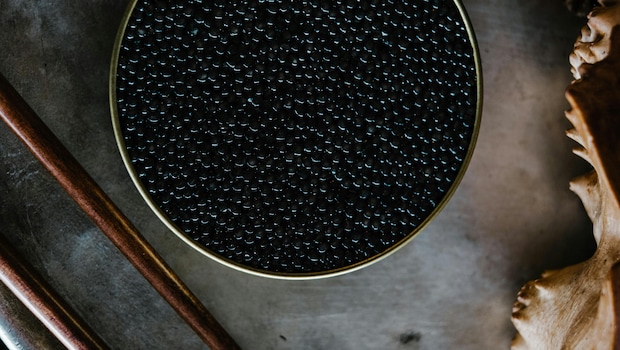
Photo Credit: Unsplash
Common Mistakes to Avoid When Eating Caviar
Many people unintentionally ruin the caviar experience. Avoid these mistakes:
- Using metal spoons or bowls, which can alter flavour
- Over-salting or mixing with strong condiments
- Serving at the wrong temperature or leaving it out too long
- Over-freezing, which damages texture
Following these tips ensures every bite is as luxurious as intended.
Caviar Storage and Shelf Life
Caviar is highly perishable and should be kept refrigerated at all times. Once opened, it is best consumed within a day or two. Unopened tins can last up to a month, depending on the type and packaging. Freezing is generally not recommended, as it can compromise texture and flavour.

Photo Credit: Unsplash
The Final Word on Caviar
Understanding the main types of caviar, their unique characteristics, and the ways to serve them will deepen your appreciation for this luxury delicacy and equip you to navigate a caviar menu confidently.
The next time you encounter caviar at an event, take the opportunity to sample it and discern its subtle flavour nuances.

